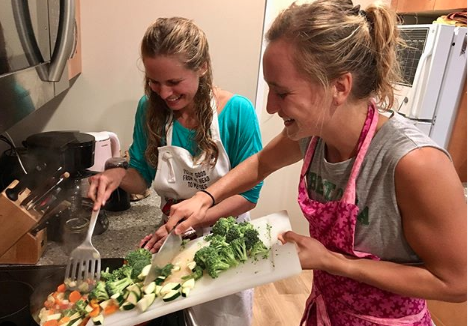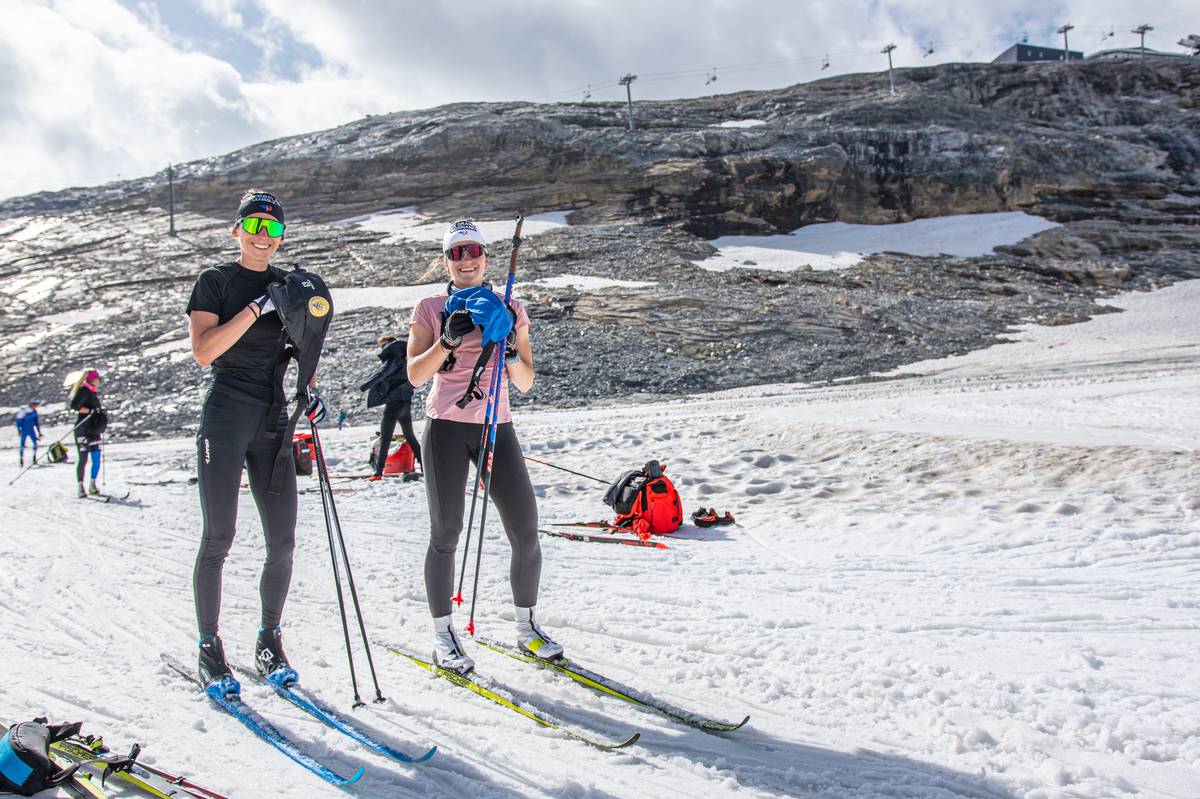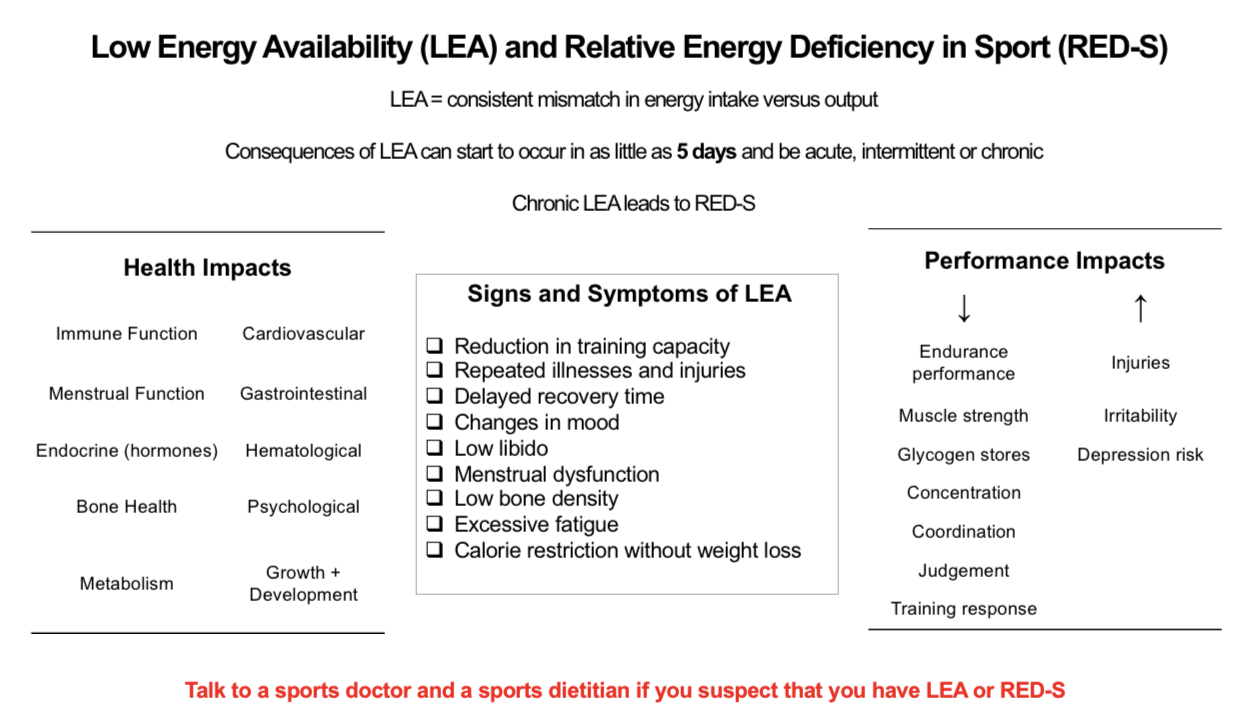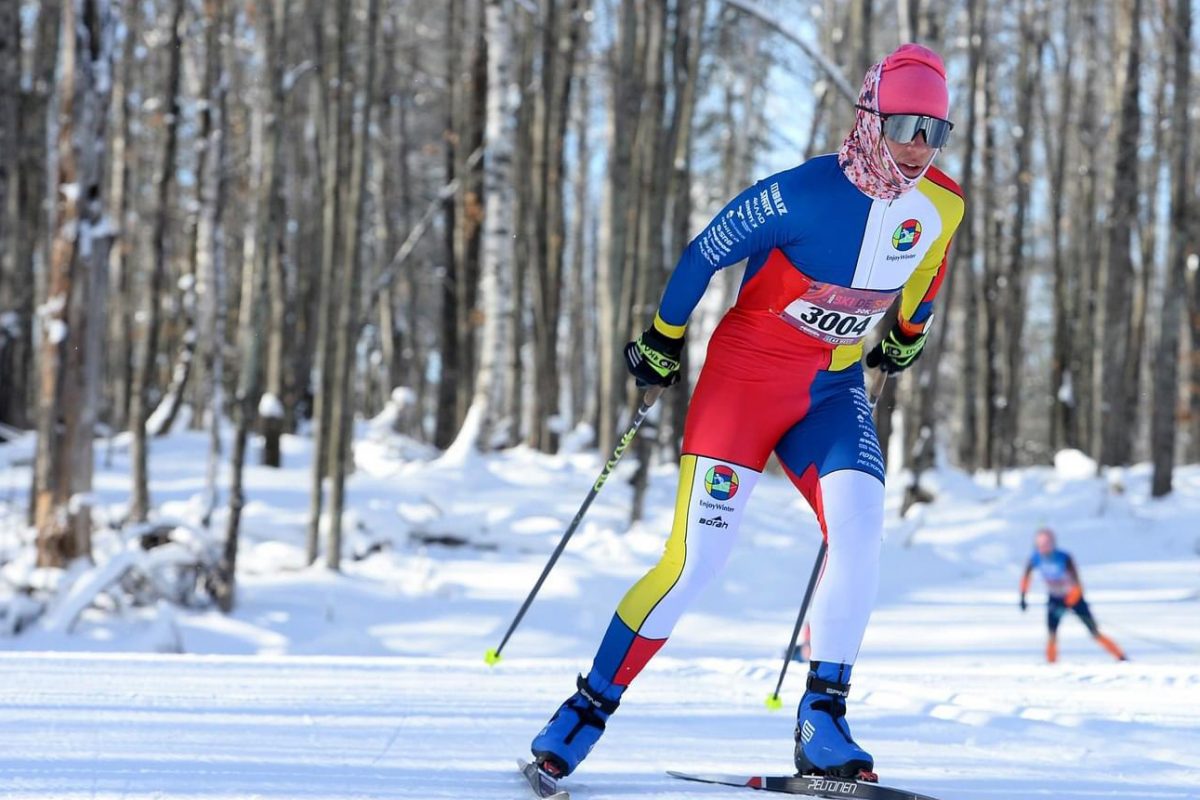This article was possible through the generous support of The Memory Clinic, in Bennington, VT. Since, 1987, clinicians at The Memory Clinic have been providing diagnosis and treatment of memory loss and are excited to work with FasterSkier to support physical and mental health through exercise, rest and nutrition.

Are you prepping your list of resolutions for the New Year? Do you, like many people, incorporate a weight loss goal? According to Business Wire, the market value of the diet industry in the US alone was ~$72.6 billion in 2021 (ref. 1), and increases near-annually. There are reasons why this industry is so successful. Sadly, it’s got little to do with the efficacy of their programs, products, or dieting as a whole. After all, what good is the long-term profitability of weight loss if it works after a single try? Don’t even get me started on the origins of body policing and the BMI… that’s for another day!
Large scale reviews of research studies, called meta-analyses, have found that the effectiveness of weight reduction programs vary considerably, with 40-65% of participants regaining all the weight they lose, plus more, within 2-3 years – regardless of diet approach (ref. 2). Rarely do studies of this kind, or stories in the news, mention the unintended consequences that dieting and negative body talk has on your mental health and the mental health and body image of those around you, particularly children and adolescents (ref. 3).
After working with endurance athletes across sports, genders and age groups for nearly a decade—and bolstered by a robust and growing body of research—I would like to make the argument that you can create and maintain nutrition habits that have lasting impacts on health and performance, entirely independent of weight loss. I say this with the acknowledgement that in athletes who compete at the highest levels of endurance sport, body composition monitoring and management can play a role. Even for these athletes, weight changes must be realistic, periodized, supported, and monitored closely by their care team.

Athletes tend to be hard working, high achieving, focused, goal-oriented people. While these are largely viewed as positive character traits, they can also put athletes at risk for undereating, disordered eating, and eating disorders. FasterSkier has discussed Relative Energy Deficiency in Sport (RED-S) before, but I want to take a moment to dive a bit deeper. Low Energy Availability (LEA) is the main underpinning of RED-S, and is defined as a consistent mismatch in energy intake versus expenditure (ref. 4). LEA can occur for a number of reasons; for some athletes, it’s functionally difficult to meet their needs due to a demanding training, work and/or school schedule. Others might be eagerly trying to “eat healthier” and unintentionally undereat. There are also, of course, those who overtly restrict their eating in an effort to lose weight.
Here’s the thing: the relative influence of body composition change on performance is often inflated – and wildly variable. It can also quickly become outright dangerous and career-ending, as many elite athletes have attested to in recent years. I urge athletes at every level to consider that, perhaps, bodies are just meant to be different—and to change over time.
Check out the figure below to learn about Low Energy Availability (LEA) and RED-S:
This year, we challenge you to choose realistic, actionable, long-term goals over a short-term diet du jour. Your body, mind and community will thank you for it!
Here are some performance-focused, weight-independent resolutions to consider in the new year:
-
Hydrate. This means peeing pale yellow every ~2 hours, give or take.
-
Eat meals + snacks throughout the day, every 3-4 hours or so.
-
Incorporate a protein source into meals and snacks, especially at odd times (like between a 12pm lunch and a 7pm dinner).
-
Learn how to fuel exercise sessions that are longer than 75 minutes. Understand there is a dose-response relationship (longer = more), seek guidance and adjust accordingly.
-
Include a variety of fats, colorful foods + spices to improve diet quality and decrease inflammation. These do not need to be fancy; frozen and dried options are convenient, comparable & cheaper.
-
Make sure to consume calcium-rich foods daily. This is especially important if you are post-menopausal and born female, have a history of an eating disorder, are taking corticosteroids, or have ever transitioned genders.

-
Consider evaluating your relationship with food and your body; engage in reparative work where it’s helpful. Do this for yourself, your loved ones, your teammates/athletes, and the people you don’t yet know who will be influenced by seeing you simply accept and love yourself unconditionally.
-
Unfollow or mute people on social media who make you feel bad about your body or your food choices. Purposely change your algorithm by quickly swiping past diet content (TikTok and Instagram keep note of how long you watch for), selecting “not interested” or reporting it.
-
Take ownership of conversations about diets and bodies amongst friends and family that make you feel uncomfortable, or (if you are a parent) if you’re within earshot of your kids. Consider ways you might respond in advance (e.g. friendly correction, ignore, honesty, subject change, sassy). As you begin to pay attention to negative body talk and conversations about dieting, you’ll quickly notice how many opportunities there will be to practice.
Want to learn more? Be sure to follow FasterSkier in 2023 for my upcoming five-part web series: The Five R’s: Sports Nutrition for Faster Skiing.
Sources:
-
Jensen, Michael D., et al. “2013 AHA/ACC/TOS guideline for the management of overweight and obesity in adults: a report of the American College of Cardiology/American Heart Association Task Force on Practice Guidelines and The Obesity Society.” Journal of the American college of cardiology 63.25 Part B (2014): 2985-3023.
-
Goldfield, Gary S., et al. “Body dissatisfaction, dietary restraint, depression, and weight status in adolescents.” Journal of school health 80.4 (2010): 186-192.
-
Mountjoy, Margo, et al. “International Olympic Committee (IOC) consensus statement on relative energy deficiency in sport (RED-S): 2018 update.” International journal of sport nutrition and exercise metabolism 28.4 (2018): 316-331.
Liz Fusco MS, RDN, CSSD
Liz Fusco MS, RDN, CSSD is the Director of Sports Nutrition at USRowing. She previously worked as the endurance sports dietitian at the United States Olympic and Paralympic Committee. Liz has supported US Rowing, USA Triathlon and USA Cycling at a combined eight World Cups, ten World Championships and two Olympic Games (Rio 2016, Tokyo 2021). She has also worked with sailors, archers, canoe/kayakers, pentathletes, runners and developing cross-country skiers.




